As geotechnical survey giant Fugro sets about cutting its maritime and shore-based carbon emissions, we asked Regional Director, Peter Brooke, just how important this is and how it is tackling the process
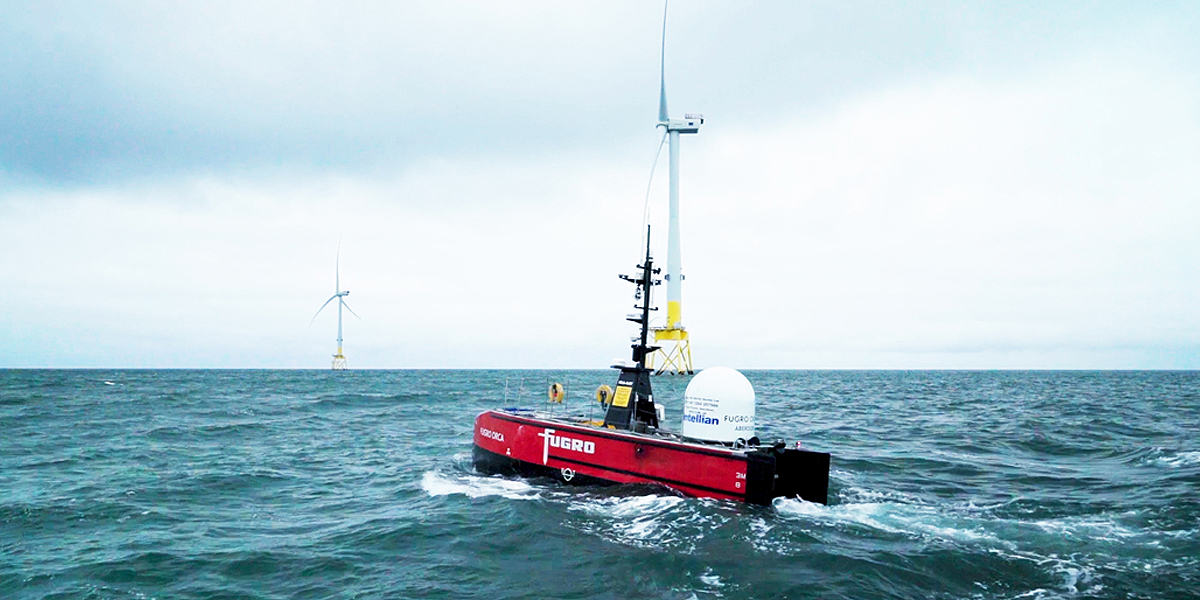
GEO:Connexion (GEO): Why are the oceans such important ecosystems?
Peter Brooke (PB): The world’s oceans play a crucial role in creating the life-sustaining environment we depend on. Generating as much as 50% of the oxygen1 that is needed for life to thrive, they also serve as one of the largest carbon sinks we have – absorbing around 30% of all carbon dioxide emissions and 90% of the excess heat generated by these emissions. The ability of ocean habitats to sequester carbon makes them highly valuable in the fight against climate change. That’s not to mention the vast array of marine life that lives beneath the waterline, supporting both ecosystems and local economies around the world.
But there is a limit to how much carbon dioxide can be absorbed. Warming and acidifying oceans are disrupting the delicate balance that marine ecosystems depend on. The engineering industry has an important role to play in reducing the emissions produced through day-to-day operations, as society more widely transitions to cleaner energy sources and improves its environmental impact. For companies like Fugro, this means decarbonising both our marine and land-based survey operations.
GEO: What is Fugro doing to work towards marine decarbonisation?
PB: Fugro is playing a leading role in a maritime consortium known as MENENS (short for Methanol as an Energy Step Towards Zero-Emission Dutch Shipping, in Dutch). This collaborative effort focuses on developing green methanol as a low-carbon marine fuel feasible for use commercially examining how the fuel can power a ship’s engine and generators to provide performance comparable to conventional marine fuels. With operational safety of critical importance, green methanol poses the lowest overall risk, optimum storage volume and lowest overall impact to the vessel compared to other low-carbon alternatives.
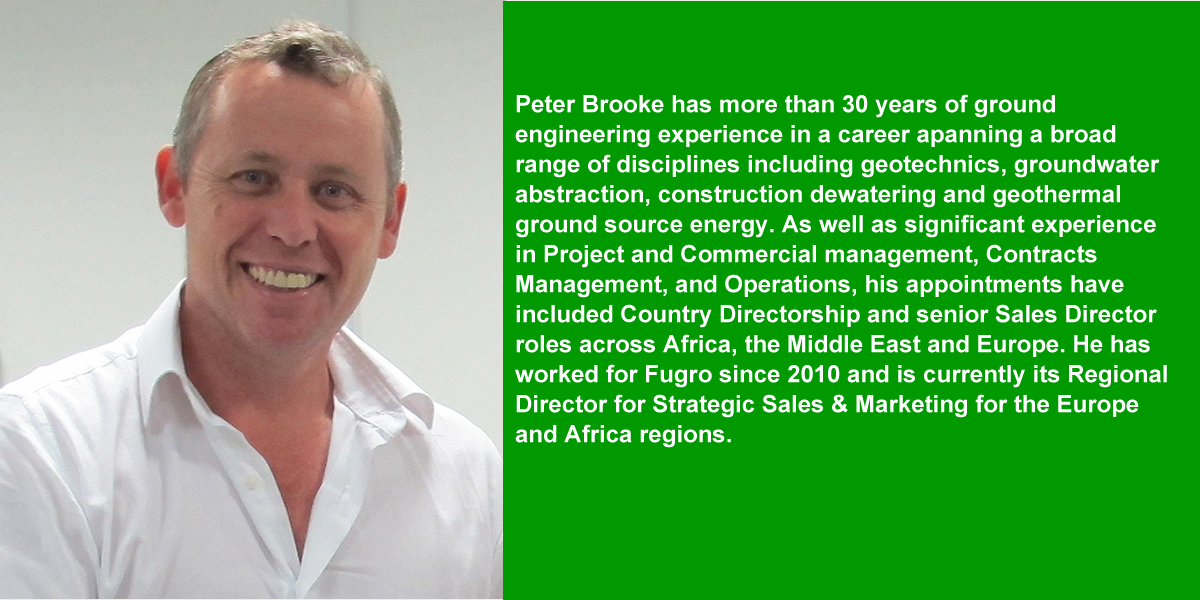
The Dutch maritime masterplan’s aim is to have 30 zero-emission ships operational by 2030, and for Fugro in particular, the business plan is to have its Fugro Pioneer survey vessel operating on green methanol with HVO biofuel as a backup by the end of 2024. With all marine vessels expected to have long operational lifespans, those commissioned today have the potential to still be in active service well beyond 2030 – so it is important marine decarbonisation initiatives are also looking at retrofitting existing vessels, as well as designing new vessels to work with methanol from the outset.
As well as looking at how conventional marine vessels are fuelled and developing alternatives, companies like Fugro are also looking at remote and autonomous solutions. For example, uncrewed surface vessels (USVs) and their accompanying remotely operated electrical vehicles (eROVs), will play a key role in decarbonising the marine sector. Leveraging electrical power as well as advances in connectivity and technology, these vessels can not only take crew out of harm’s way, thanks to their ability to be controlled remotely, but can cut energy requirements with significant carbon emission savings.
The geo-data is real-time streamed via high band width VSat connection through several systems (Radar, CCTV, IR) from the USV to Fugro’s remote operations centres, meaning clients can see the results of an inspection survey at a site hundreds of miles away in near real-time enabling rapid decision making.
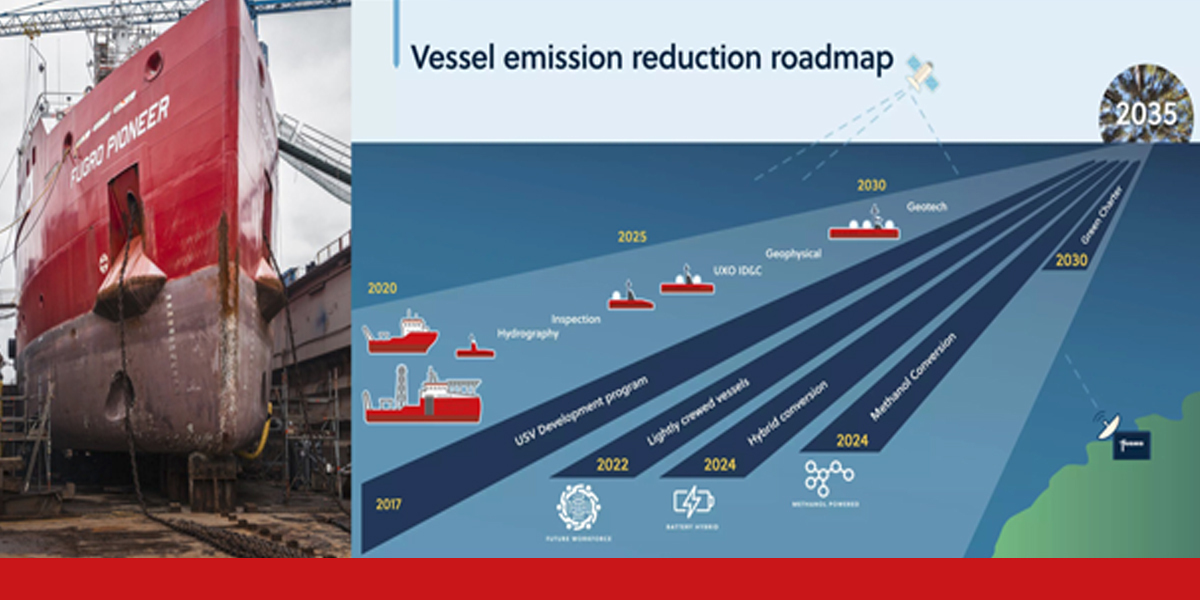
GEO: What opportunities exist to decarbonise ground survey operations on land?
PB: Decarbonising marine operations is of course important, but as Peter explains about a third of Fugro’s business is based around land operations. “To support the decarbonisation of our land operations we are developing both hybrid and fully electric heavy plant and equipment, such as cone penetration test (CPT) units, as well as the associated vehicles and trucks used on site. Fugro has recently been awarded a subsidy under the Dutch SSEB Innovation Program for development of Clean and Emission Free Construction machinery, which will run for two years until July 2025”.
Another way the company can decarbonise is by using technology to reduce the amount of invasive surveying needed in the first place. Traditionally onshore site characterisation uses grid placements for intrusive boreholes or CPTs. To this end, Fugro has already used SWANS® 3D passive seismic technology on several projects around the world. SWANS sensors capture ambient seismic noise across a defined time frame onsite, which is then analysed to produce a 3D ground model with accompanying volumetric estimates in a fraction of the time it would take to capture equivalent conventional data. This can often result in reduced intrusive works, whilst allowing engineers to work on foundation design utilising the site screening’s early ground model.
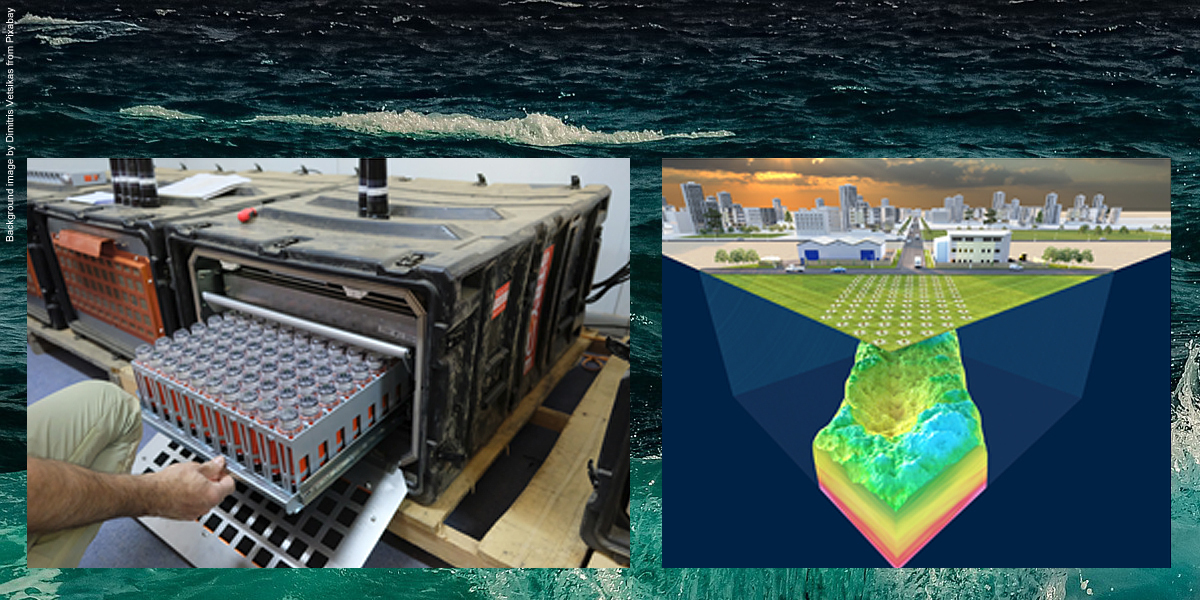
GEO: How might offshore wind’s growth help with marine decarbonisation?
PB: Governments around the world are putting renewable energy at the heart of their goals around decarbonisation and climate change mitigation. Much of the European Green Deal,2 for example, relies on offshore wind energy capacity to meet the level of transition required. Forecasts suggest3 that to meet its 2030 targets, the EU needs on average to be building more than 30 GW of new wind capacity per year. Of course, it won’t be just new capacity that will be needed – but maintenance of existing wind farms too. This all requires resources to supervise, maintain, and repair the offshore assets. It’s here that additional progress on marine decarbonisation can be made.
The operational stage of a wind farm’s lifecycle, which spans around 25-30 years, relies heavily on marine logistics between the coast and the wind farm. Parts, equipment, and engineers alike must be transported out to site to complete regular inspections and maintenance, and most of the vessels currently used run on marine diesel, contributing to carbon emissions.
All of this size and scale means that the offshore wind industry has huge potential to serve as a force multiplier for progress on marine decarbonisation. As remote and autonomous technology advances, for example, greater amounts of these operations and maintenance (O&M) work can be carried out by USVs with eROVs, and eliminate the need for manned vessels entirely. For fast pipeline and deep-water asset inspection activities, Fugro is lining up its 18m Blue Eclipse® class with a larger eROV building the industry’s experience and demonstrating viable use cases across a wide range of projects.
GEO: What do you see the future of both marine and land decarbonisation looking like?
PB: On the marine side, it will require a mix of clean technology in both new and existing vessels, more infrastructure portside, and more extensive remote operations. There is no one-size-fits-all solution, and both the industry and governments need to be flexible and open to all potential options.
Organisations across the full spectrum of the offshore wind supply chain, including those responsible for operations and maintenance, are placing increasing emphasis on the role they can play in helping the marine sector decarbonise. As standards become clearer, and concepts edge closer to commercial viability, we are set to see some major changes in the next few years. Peter goes on to say: “Collaborative innovation is the key to a greener operating future for the wind industry. Developers, contractors and governments must work together on developing low-carbon, remote and autonomous solutions, investing in a renewable energy future that contributes to our ocean’s future health.”
For land surveying, digitisation will play a key role in decarbonising these activities. The more work we can do remotely and autonomously, utilising non-invasive site screening methods, the less travel and physical equipment we have to deploy.
GEO: Where have the advances come from, and what are clients demanding of companies like Fugro in this area?
PB: Many of our key clients have, like Fugro, set clear decarbonisation targets, including reduction of their scope 3 emissions, coming from their supply chain of which Fugro is a part. And many have already made firm commitments to Fugro’s USV and remote and autonomous survey technology, as a way to make headway towards our mutual greener goals and it’s great to see so many companies willing to collaborate.
Overall, it’s about teamwork with clients, and about working together, making it a priority from both sides. Fugro has made commitments to the marketplace and our shareholders on our net zero journey, yet we need the support of our clients in this journey. We want to be a thought leader in the field, demonstrating our commitment to a safe and liveable world through actions, investment and determination.
In the United Kingdom, Fugro is engaged in a variety of onshore, near shore and offshore geotechnical projects that promise to aid the government in its aim to decarbonise all sectors of the economy to meet its Net Zero target by 2050. Here, we pick out a few examples
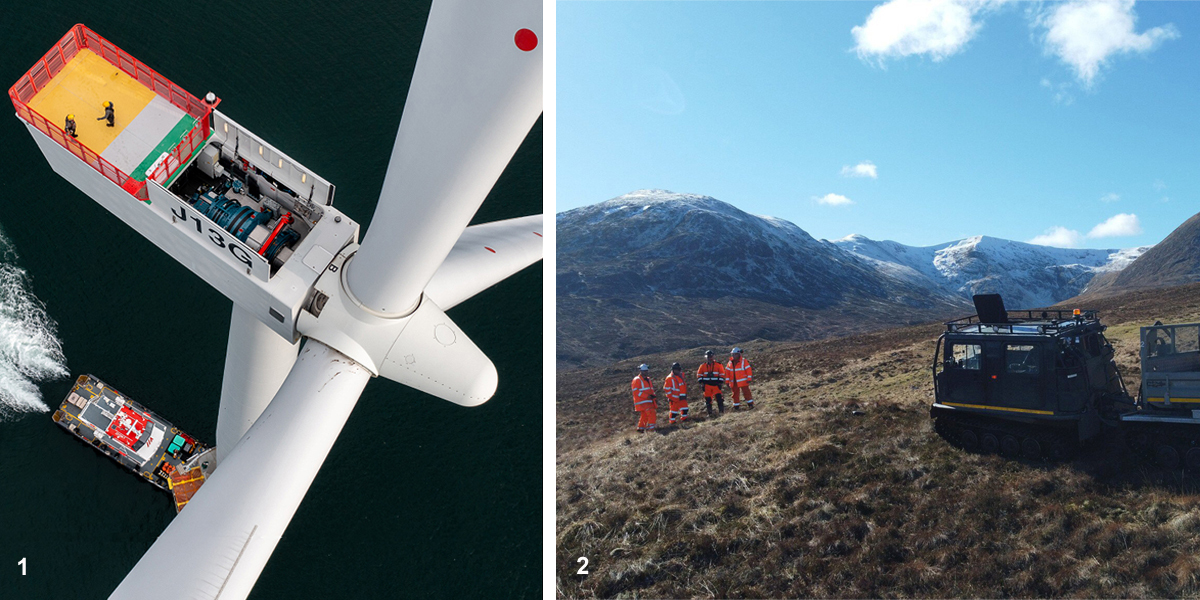
Fig 1 above: Plans to unlock valuable new clean energy off the coast of Wales and South West England are underway with Fugro vessels using towed and hull-mounted sensors to gather geophysical data on the properties of the seabed and sub-seabed. This is the first in a series of studies being funded by The Crown Estate s over the next two years to collect data on everything from wind and wave patterns to birds and marine mammals in the area.
Fig. 2 above: Fugro is carrying out ground investigations for SSE Renewables’ planned Coire Glas hydro pumped storage scheme in the Scottish Highlands. The 1,500MW capacity scheme, whose final cost, if constructed, could reach £1.5 billion, would be the first large-scale pumped storage scheme to be developed in the UK for more than 40 years and play a crucial role in decarbonising the UK's electricity supply
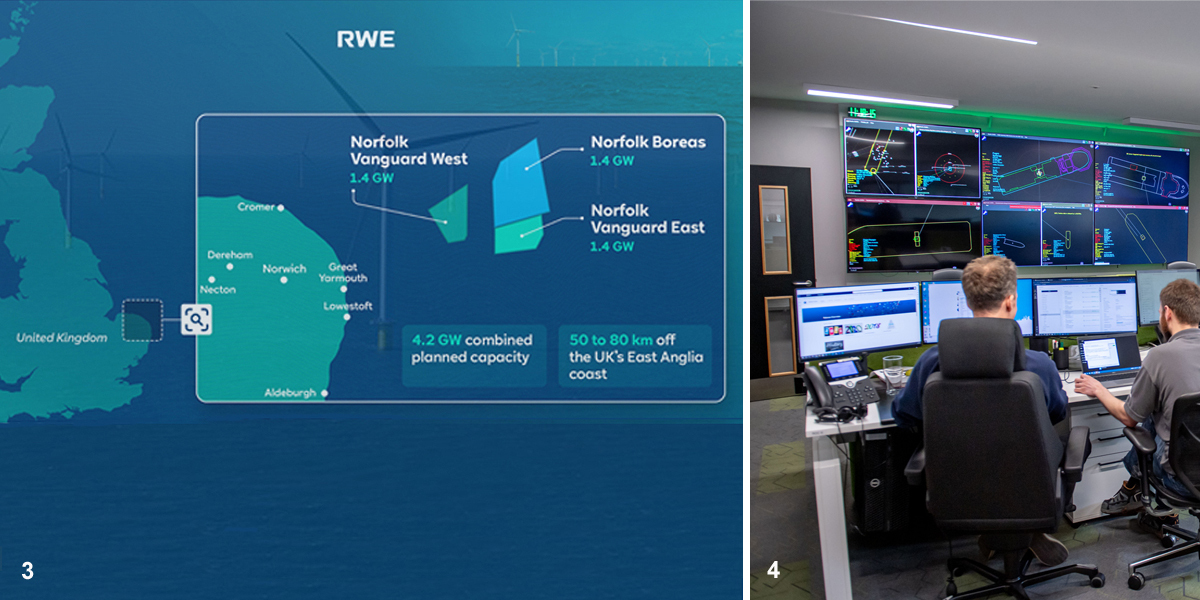
Fig 3 above: A marine site investigation involving multiple vessels is being conducted by Fugro for RWE’s (formerly Vattenfall’s) Norfolk Boreas offshore wind farm located off England's east coast. The 1.4 GW scheme will generate enough clean energy to power 1.5 million UK homes while offsetting 2.3 million tonnes of carbon emissions a year. The resulting data from Fugro will feed into the ground model for the Norfolk Vanguard and Norfolk Boreas wind farms to optimise foundation and cable design.
Fig 4 above: Fugro’s Remote Operations Centre in Aberdeen is one of 10 such Centres worldwide that have delivered some 900,000 hours of remote operations, 365 days a year with 24/7 supervision Such onshore centres are able to manage a fleet of hybrid, fuel efficient uncrewed vessels and are a springboard for a more sustainable, safe and liveable world.
For more information, please visit Fugro | Creating a Safe and Liveable World | Leading Geo-data and Consultancy Services | Fugro
Subscribe to our newsletter
Stay updated on the latest technology, innovation product arrivals and exciting offers to your inbox.
Newsletter

